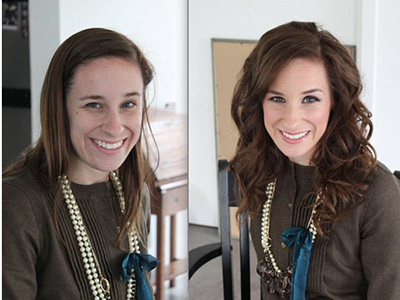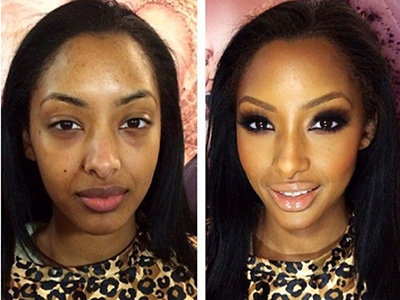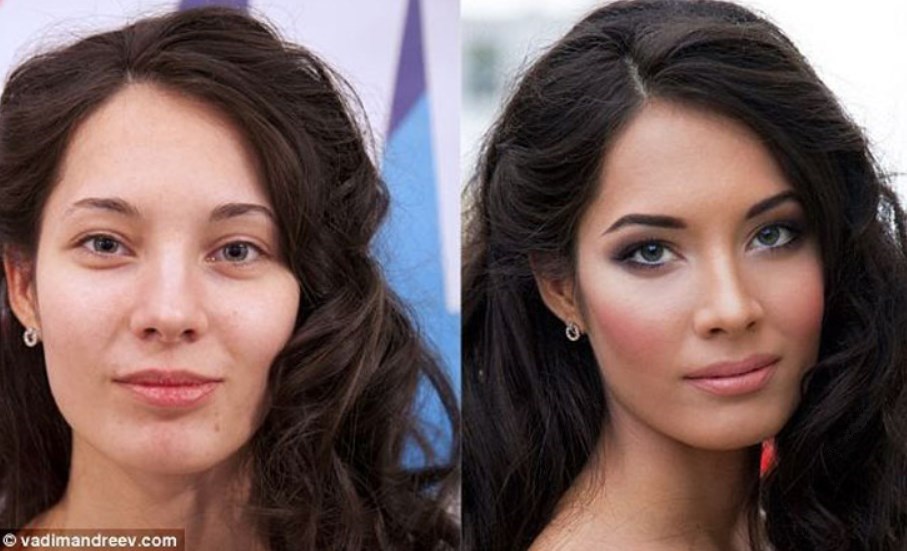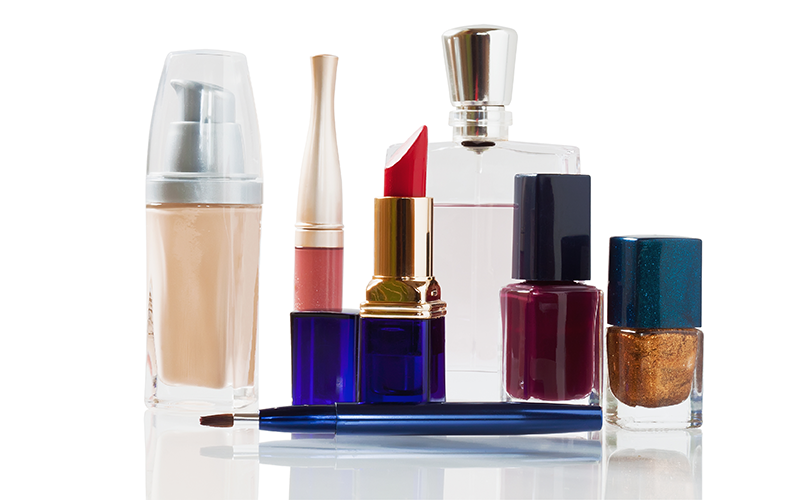This is part of the Labeling Basics series in which I am taking labeling back to its most fundamental parts, starting with the legal terms used and then going on to each requirement for soap and cosmetic labels.
Cosmetics have been around since, well, forever. People have probably always tried to apply stuff to their face and body to look better; Cleopatra is probably the earliest and best known woman to take the the application of cosmetics to a true art form. The words cosmetic and cosmetics trace their history to the Greek language.
However, it wasn’t until the government got involved (around 1938) that we got a legal definition of what is (and what isn’t!) a cosmetic. While the common definitions of cosmetic are sufficient for shopping or general discussion, when it comes to marketing and selling products, you need to know and really understand the legal definition.
Cosmetic comes from the greek word kosmetikós which means “skilled in arranging, relating to order, adornment.” Kðsmetikos comes the Greek word kósmos, which means “order, world, universe.” (Kósmos is also the root of the English word “cosmos,” which means “the universe thought of as an orderly, harmonious system”). Apparently the Greeks felt that arranging and adornment was part of bringing order and harmony. I can see that—beauty is often thought of as harmonious.
Key Words to Know
“Cosmetic” – Common Definitions:
- Used to cover up or hide flaws or defects.
- A formulation or preparation for beautifying the skin, hair or nails, particularly facial make-up.
1. Used to cover up or hide flaws or defects.
This is a common, dictionary definition describing a cosmetic as something that covers up or hides flaws or defects, but without changing the underlying stucture or material.
Examples of use:
- I wanted to remodel the kitchen but I had to settle for only making cosmetic changes, such as painting and replacing the curtains.
- She reviewed the report, and only made cosmetic changes to the presentation.
- Exterior painting and landscaping are cosmetic improvements that can increase the value of a property..
2. A formulation or preparation for beautifying the skin, hair or nails, particularly facial make-up.
Another common dictionary definition which is specific to making the face, hair, or body better looking. This again refers to “beautifying” in terms of covering up flaws or defects (as in the first definition) and also in making the hair, skin, or body look different and in a way that is considered to be more attractive than it was before.
Examples of use:
- There were two aisles in the store dedicated to cosmetics.
- You can find many YouTube videos that show different ways to apply cosmetics to change the way you look.
- One can only wonder what Cleopatra looked like without her hair and facial cosmetics.
Cosmetic – Altering Appearance and Beautifying




Directly from the regulations:
(1) articles intended to be rubbed, poured, sprinkled, or sprayed on, introduced into, or otherwise applied to the human body or any part thereof for cleansing, beautifying, promoting attractiveness, or altering the appearance, and
(2) articles intended for use as a component of any such articles; except that such term shall not include soap.
21 USC 321(i)
The legal definition of cosmetic, from the Food Drug and Cosmetic Act, is much more specific.
First, it specifies that the product could be applied to the human body in a number of different ways. For example:
- Rubbing on. Examples: lotion, cream, make-up foundation
- Poured on. Examples: liquid soap, shampoo, conditioner
- Sprinkled on: Examples: body powder, hair glitter
- Spraying on. Examples: perfume, hair spray, make-up fixer
- Introduced into. Examples: hair mousse or gel, nail polish
- Otherwise applied to. Examples: bubble bath, bath fizzies, cuticle soak
Second, it specifies that a cosmetic is applied to the human body. This means that similar products which are applied to animals are not cosmetics as regulated by the FDA.
Third, it expands that the product could be intended to cleanse, beautify, or promote attractiveness. It’s all about making the human body LOOK (or smell) better.
Fourth, it includes component parts of cosmetics (so the bits and pieces of a set are each indivudally cosmetics, and the ingredients in a cosmetic product are cosmetics as well.)
Except Soap
Finally, it doesn’t include soap. In this case, soap has a VERY specific definition in order to be exempt from the definition of a cosmetic. In order to qualify:
Directly from the regulations:
… the Food and Drug Administration interprets the term “soap” to apply only to articles that meet the following conditions:
- The bulk of the nonvolatile matter in the product consists of an alkali salt of fatty acids and the detergent properties of the article are due to the alkali-fatty acid compounds; and
- The product is labeled, sold and represented only as soap.
21 CFR 701.20(a)
In other words, the soap must be lye/oil/water soap, without any added surfactants or detergents AND it must only be sold as “soap,” not as something that otherwise falls under the category of a cosmetic because of how it is intended to be used (shampoo, moisturizing, exfoliating, shaving soap, etc.).
Why is it important?
A product that meets the FDA’s legal definition of a cosmetic must follow the regulations that cover cosmetic products.
Knowing the legal definition of cosmetic makes it possible to determine if your product meets the definition, and by knowing that, you can determine what labeling and other regulations will apply.

Shameless plug!
To really be able to create your own labels that comply with the regulations, get my book from Amazon and use it.
4th Edition – Released March 5, 2025!!!
Or order directly from me (and get a signed copy)!


Leave a Reply